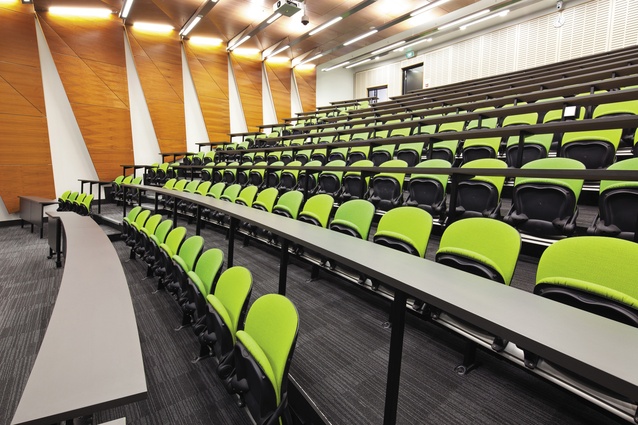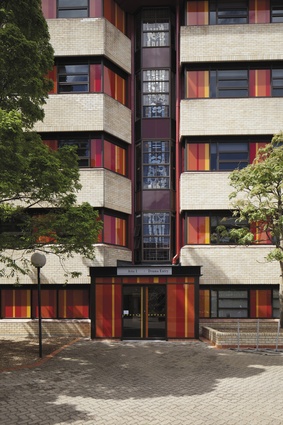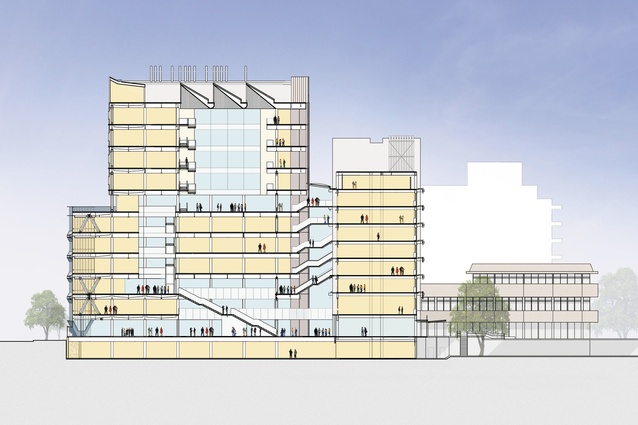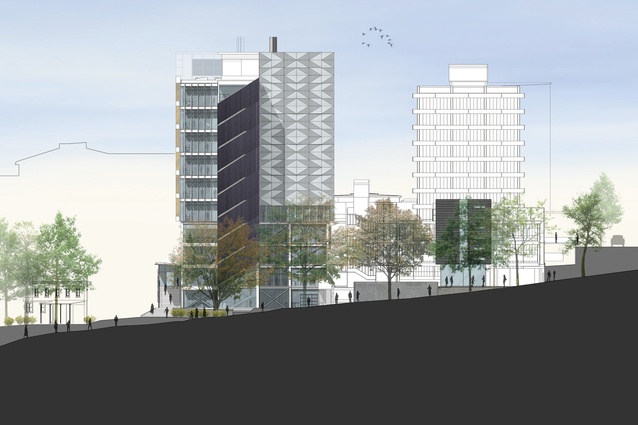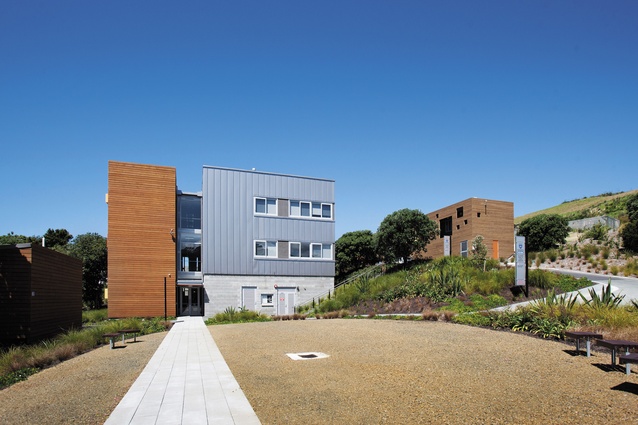The University of Auckland
Property Services at The University of Auckland is busy; but then, that is its job. During the last seven or so years, it has overseen $600.0 million of capital works as part of the University’s Long-term Capital Plan totalling in excess of $1.2 billion. It is all done to a plan; in fact, several. With such an extensive programme of work, planning is critical, and the processes must be robust. The University is nearing the end of its 2005–12 Strategic Plan and the draft 2013 Plan is ready to go to the University Council for its approval. Planning starts with the faculties, who prepare their individual Academic and Research Plans which detail their projections of student numbers, research plans and resource needs, all of which must meet the objectives of the Strategic Plan. These faculty plans then drive the accommodation needs, which is where Property Services become involved. The plans are broken down to space requirements and transformed into briefs for new buildings or refurbishments of existing ones.
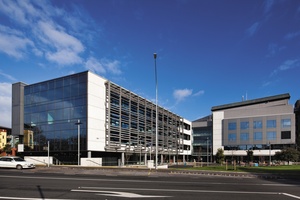
The City Campus is divided into sectors and expressions of interest were sought from architecture firms in association with other consultants to develop a masterplan for each. Currently three sectors are being actively redeveloped: 200 (to the north-east), 300 (Science and the quad) and 400 North (Architecture School and Engineering). As part of the planning process, a series of workshops was held to bring the three groups together to ensure coherence and alignment of pedestrian and traffic flows. The architects responsible for any given sector were not guaranteed any future work in each sector – they must pitch for it alongside other practices as the work is initiated.
From the early-2000s, the University gave significant thinking to planning, which has led to a different approach to their capital development. The bums-on-seats attitude to education is decidedly pre-millennial and has been replaced with a focus on high-quality research and delivering a better student experience. Coupled with restrictions on growth by the current government, this has meant a slower growth in undergraduate numbers with more effort being put into developing research and attracting both funding and students at postgraduate level. Establishing the future research space needs of the faculties (where the growth and money lies) requires astute modelling. Adding rapid changes in technology and teaching methods to this, means that the priority for any development must be flexibility and adaptability. The University has many fine buildings that were constructed in the ’60s and ’70s but they were built in an era free of laptops and full of traditional lecture-based teaching methods. Luckily some were so well designed they can sustain redevelopment and refurbishment.
The focus on flexibility has produced an inside-out approach to the briefing, development and design of new building projects. The aim is to make the internal spaces as adaptable as possible – maximise headroom, column-free space – and worry about what the building looks like after the interior is sorted. This includes keeping circulation routes open for future connection to buildings that have not yet been conceived. This flexible approach means that a design team is pulled together very quickly at the start, including mechanical and structural engineers in order to have full teams at the concept stage.
A focus for redevelopment has been the 300 sector, which accommodates the Science buildings and the quad. Architectus has neared completion on the Maths and Physics Building 303 on Princes Street and planning is nearing the resource consent application for additions and alterations to the adjacent Chemistry Building 301. This new building will occupy the currently unfriendly corner of Symonds and Wellesley Streets and will rise 11 floors to the 50m height limit. A feature of the building is a series of interconnected atria that draw light and connections through the building. In addition, it will extend the plaza at quad-level right through the current buildings which, like much of the University, have operated until now like individual silos.
In the 400 sector, the Engineering School building is to be extended and altered: work designed by Jasmax. A lightweight addition constructed in the ’80s will be removed from the 1960s’ Engineering Buildings 403/404 and six more floors added. A through-site link will feed students down from Symonds Street to Grafton Road with a wide stair and atrium. Like elsewhere in the University, connection is all and the building is designed from the inside out.
It is this latter philosophy that has perhaps contributed the most consistency to the current wave of buildings, which externally appear somewhat prosaic and almost timid. This is their strength – they are not star architecture, competitive objects that have arrived with fanfare but considered solutions to complex problems that privilege the student experience and value the connective tissue of the University.

